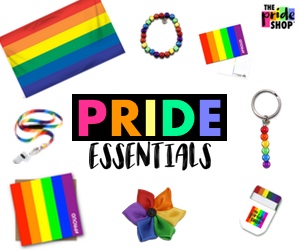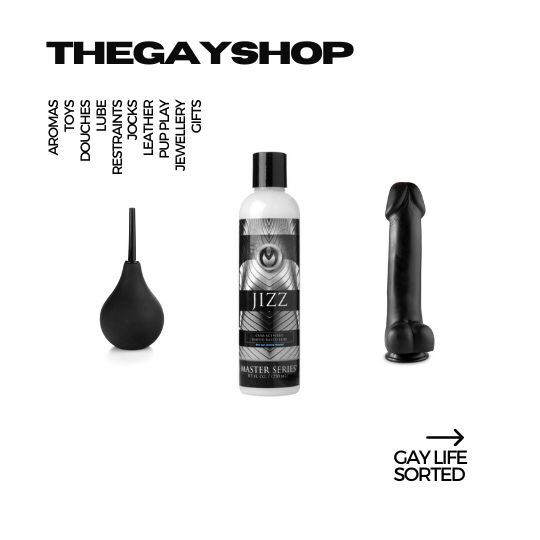The UK’s 2021 census will include questions to help determine the size of Britain’s LGBT+ community.

The digital first 2021 Census will help shape public services to meet the needs of the LGBT+ community in the years to come, as plans set out in a government white paper today show.
The Office for National Statistics (ONS) has recommended a new voluntary question on sexual orientation for those aged 16 and over. In addition to the usual question on being male or female for all ages, there will also be a voluntary question on gender identity in England and Wales for those aged over 16.
It was always the intention of ONS that these questions would be voluntary.
The data gathered from these questions will make it easier to monitor inequalities under the anti-discrimination duties of the Equality Act 2010 and to directly plan public services and support for these groups.
“Stand Up and Be Counted”
National Statistician, John Pullinger, said: “The Census is for everyone; it gives us all the opportunity to stand up and be counted in democratic debate and policy decisions.
“We have designed it with people at its heart and we consulted widely to ensure it meets the needs of society. Unlike previous Censuses, it will be digital first which will make it easier to complete electronically, with help available for those who need it.”
The date for the digital-first census has been confirmed as 21 March 2021, subject to parliamentary approval.
Information gathered by ONS will ensure vital public services can be targeted into communities and groups where they are needed, in 2021 and beyond.
ONS is transforming the way it collects, processes and shares data and the next census is part of a wider drive towards making more use of data already held and moving surveys online.
In line with previous censuses, ONS will hold a census rehearsal in October 2019 and is currently reviewing which local authority areas will be included.
For more information, see the white paper which has been laid today in Parliament.
How many LGBT people are there in the UK?

The number of people who identify as lesbian, gay and bisexual is a hotly debated subject, with no clear answer, but here will look at all the available stats.
There has long been a widely-held belief that around 10 per cent of the population is gay, lesbian or bisexual or who identify as non-heterosexual. This is probably the most accurate of all the figures – as more and more people feel comfortable to come out about their sexuality.
The ONS (Office of National Statistics) says that in a survey of people in the United Kingdom it found that 1.5 per cent of people identified as LGB. This result was arrived at by extrapolation of data collected. However, these statistics were disputed for not being accurate or showing the full picture.
By their estimations, this would mean that there are only 990,300 LGB people in the UK.




